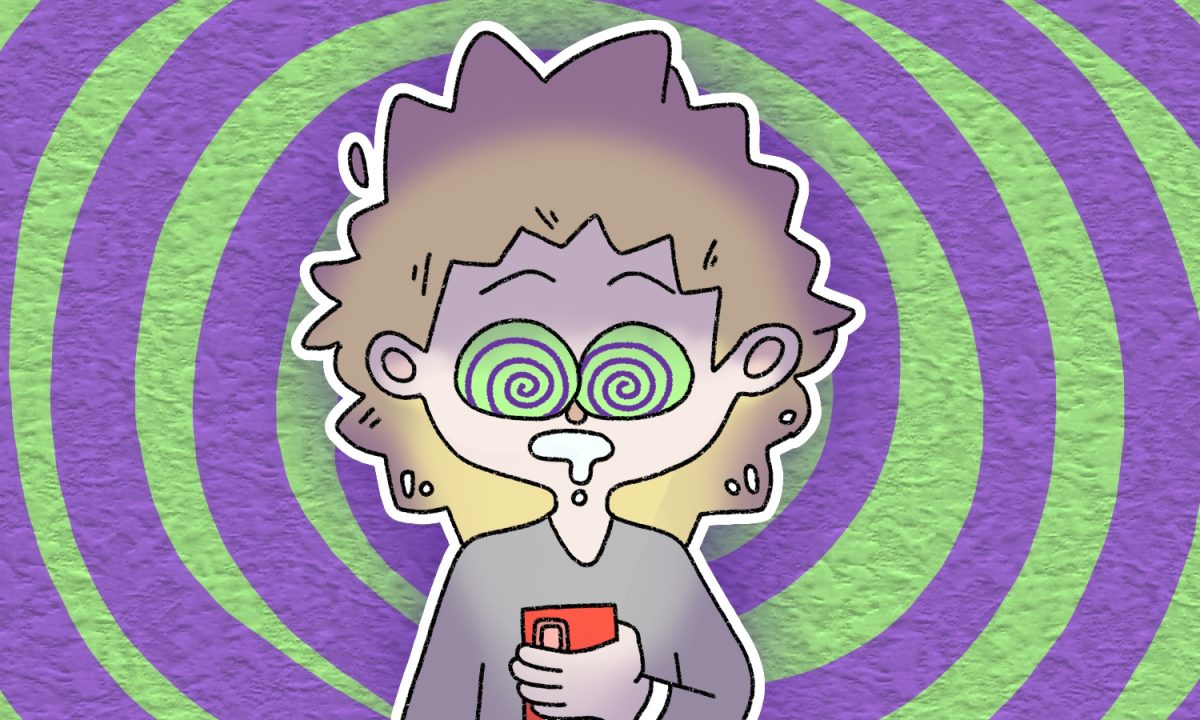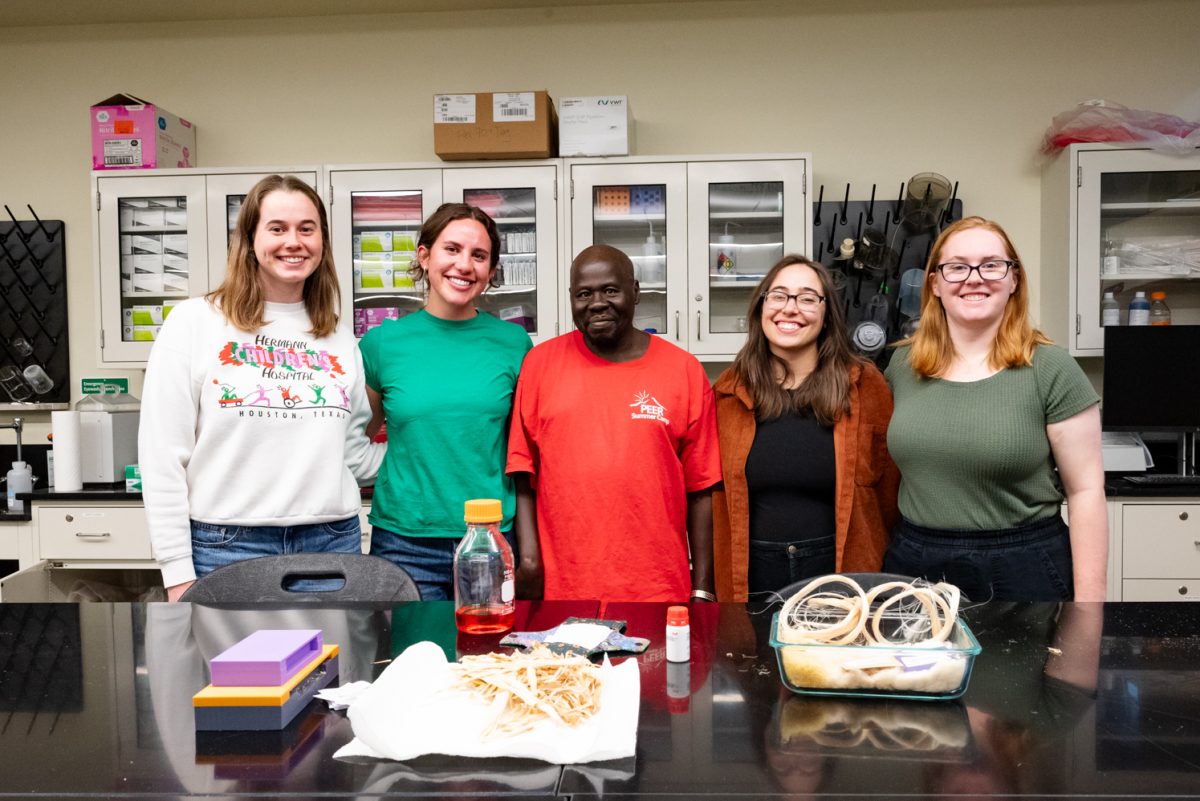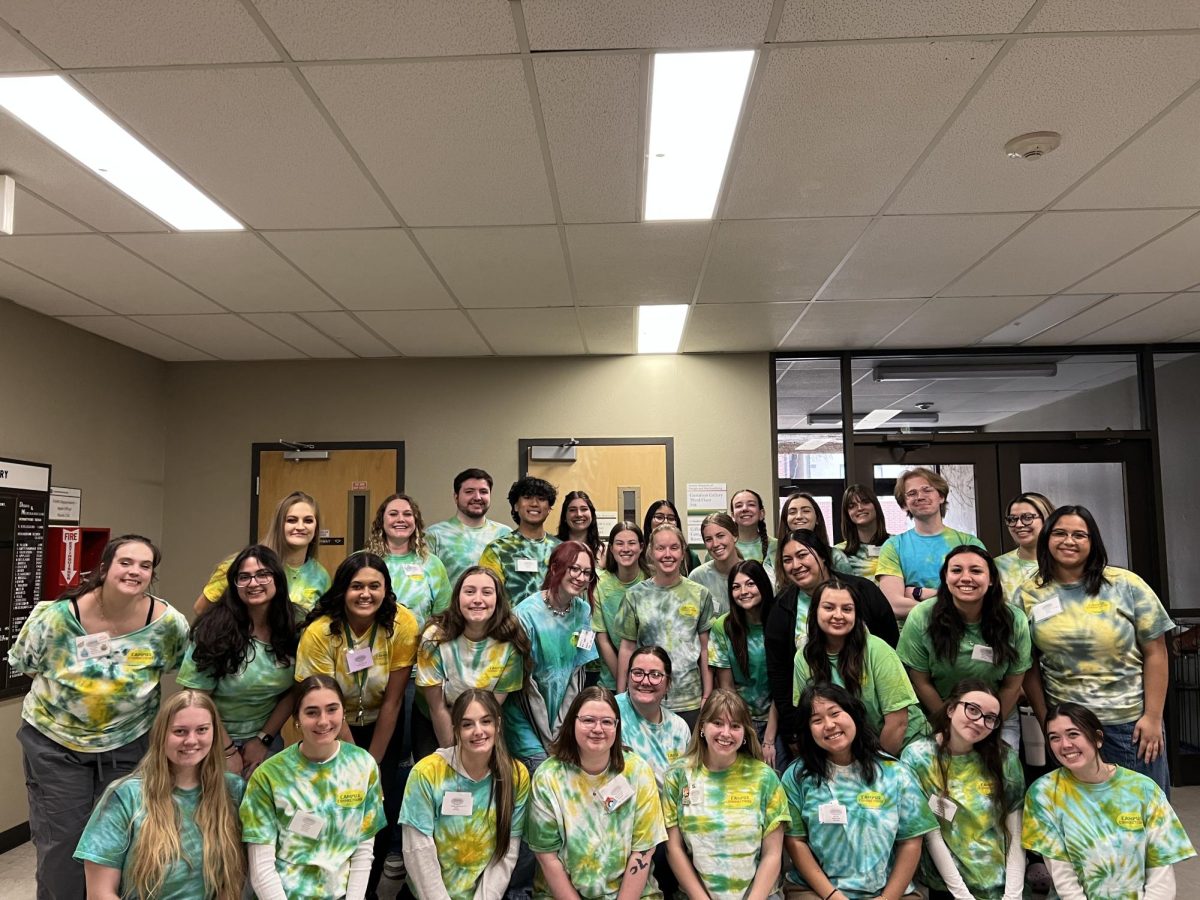It starts out as something harmless, like checking your social media feed for updates on the latest news. Before you know it, hours have passed by.
You keep swiping, operating on autopilot even though an anxious pit has formed in your stomach, and you feel numb. You simply can’t seem to tear your eyes away from the bad news, the pain and suffering on display or the hopeless outrage in the comments.
If this rings a bell, you are probably familiar with doomscrolling. Doomscrolling is the act of compulsively consuming large amounts of negative or disturbing content online, and it seems to be on the rise. The term was popularized during the COVID-19 pandemic, when bad news seemed ubiquitous, and people were glued to their screens.
Since then, the onslaught of bad news has felt relentless, from the war in Ukraine to the climate crisis and recent atrocities in Gaza and Israel. And while doomscrolling might make us feel like we are contributing in some way, it really just leads to heightened symptoms of anxiety and depression. So why do we continue to do it?
Annie Margaret, a teaching faculty member in the ATLAS Institute at the University of Colorado Boulder, explained that doomscrolling has its roots in the evolution of human social behavior.
“Before we had global connectivity, we were only aware of the pain and suffering of the people immediately in our physical proximity,” Margaret said. “We didn’t have the ability to have compassion or empathy or concern for people across the globe. … For thousands of years, our brains evolved in an environment where we didn’t have access to that type of social information.”
Yet humans are social primates who crave connection and communication. This innate desire to stay informed and empathize with others kicks in when we are doomscrolling.
“What made us unique as a species was our ability to cooperate and to exhibit prosocial behavior — the very important human traits,” Margaret said. “And now it’s kind of being co-opted by these platforms that are giving us access to the pain and suffering of billions of people all over the world, at any moment of the day, endlessly.”
There is another piece to the evolutionary puzzle of doomscrolling, Margaret said. Humans tend to pay more attention to negative news than positive news. Psychologists refer to this phenomena as “negativity bias,” and it too has a strong basis in the behavior of our ancestors.
Picture a group of early hunters and gatherers: Those who paid attention to which berries were poisonous or which areas were filled with predators were more likely to survive. Focusing on the negative or scary aspects of the world increased the odds of living another day.
“At the time, when our cognition was developing, these were useful strategies,” Margaret said. “But in the information ecosystem we exist in now, they’re the opposite of useful.”
A big part of the problem is that social media is designed to keep us hooked, and our feeds are often echo chambers tailored to show us more of the same content. Features like notification alerts and infinite scrolling trigger the same reward systems in the brain that are active during gambling and other addictive behaviors.
So how can we break the cycle and quit doomscrolling? Margaret recommended being more intentional about news and social media consumption. Pick a few trusted news sources to follow, be vigilant in setting boundaries and consider taking social media breaks.
Co-director of the Center for Mindfulness at Colorado State University Debora Colbert offered some more advice. Practicing mindfulness — which Colbert defined as “being in the present moment, on purpose, without judgment” — can help pause the spiraling anxiety caused by doomscrolling.
The Center for Mindfulness offers a variety of resources and exercises that can aid in managing negative thought patterns.
And while it is important to stay up to date on global events, be sure to protect your mental health by setting healthy boundaries for your news consumption. Colbert gave the analogy that prioritizing your mental health is like putting on an oxygen mask in an airplane.
“They say if the oxygen mask drops, put it on yourself before you help someone else,” Colbert said. “I think we need to remember as humans that we have to take care of ourselves first. Then we can have empathy for everything else that’s going on.”
If we neglect our mental health and allow ourselves to be consumed by negativity, Colbert continued, we will eventually start to shut down. Excessive news consumption has been linked to emotional burnout and desensitization, which doesn’t help anyone.
Instead, Colbert encouraged people to find ways to turn their compassion into action. If you care deeply about an issue, look for ways to get involved locally. Combat feelings of hopelessness by focusing on things you can control, like supporting those in your community who are struggling.
“That boosts everything,” Colbert said. “It lowers our stress, it boosts our immune system, it boosts our sense of well-being.”
Remember that even small acts of kindness and connection can go a long way. Margaret has published some of her own digital wellness resources on her website, and CSU’s Center for Mindfulness and Mental Health Services both have additional resources for anyone who may be struggling to cope with negativity in the news landscape today.
Reach Lizzy Rylance at science@collegian.com or on Twitter @CSUCollegian.










